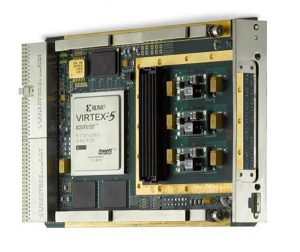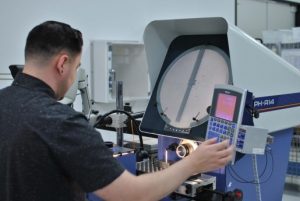Electronic Devices – Understanding How They Work
Electronic devices are a big part of modern day life. From cell phones to appliances, these devices make our lives more comfortable and convenient. If you’ve ever held an electronic device in your hand and wondered how it works, you’re not alone. Most people do not fully understand how electronics do the things they do.
Electronic devices are used by almost every industry to perform a number of tasks. These devices contain electronic circuits, which supply power and control the device. Electronic circuits bring electronics to life.
Electronic Circuits
Electronic circuits are made with a number of electronic components including resistors, capacitors, diodes, and transistors. The resistor restricts the flow of the current, the capacitor stores an electric charge, diodes allow the current to flow in one direction, and the transistor controls the current flow. All of these components are contained inside electronic circuits.
The number and type of components contained on a circuit depends on the type of application the device is being used for. The only similarity between each circuit is the fact that all circuit wires begin and end at the same point.
Printed Circuit Boards
Most electronic devices used today require complex circuits. To make these, designers must carefully arrange components on a circuit board. Many companies use printed circuit boards (PCB) to save time and cost. These plastic boards have their layout chemically printed on their surface.
Integrated Circuits
As technology evolves, electronic devices are getting smaller and more efficient. These devices require complex circuits with several thousand components. Integrated circuits (IC) are commonly used for these situations. ICs are tiny circuits that fit inside a silicon chip. ICs are used in cell phones, laptops, and other advanced electronics.
Contract Manufacturing
Companies wishing to create complex devices often enlist the help of a contract manufacturer (CM). A CM helps improve design and create cost-effective, high quality electronic devices.
An experienced contract manufacturer provides a second set of eyes during the design process. This helps locate areas that can be improved. Companies use contract manufacturing services during product development to help cut costs and reduce time-to-market.






